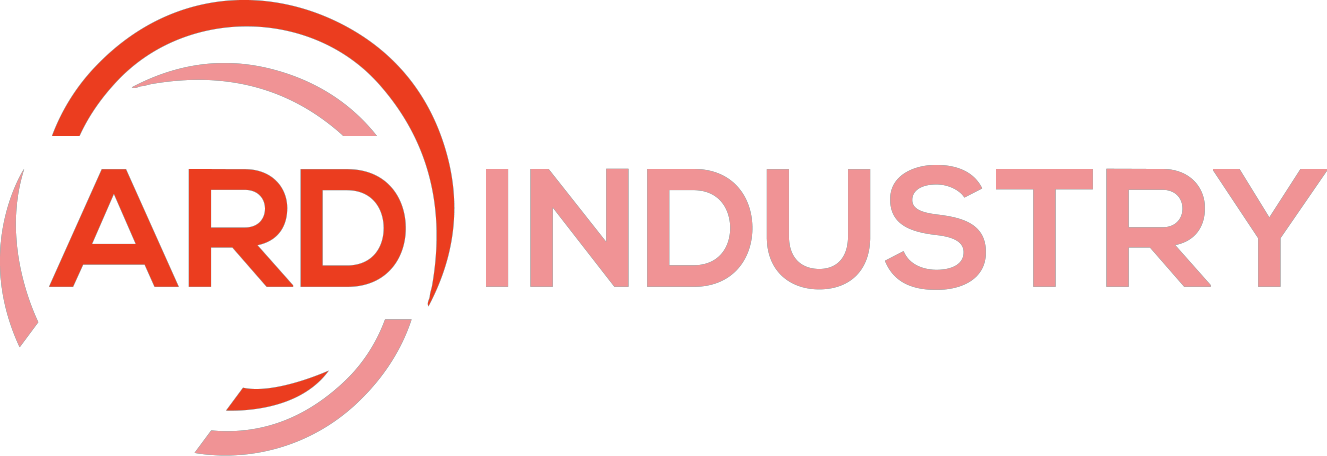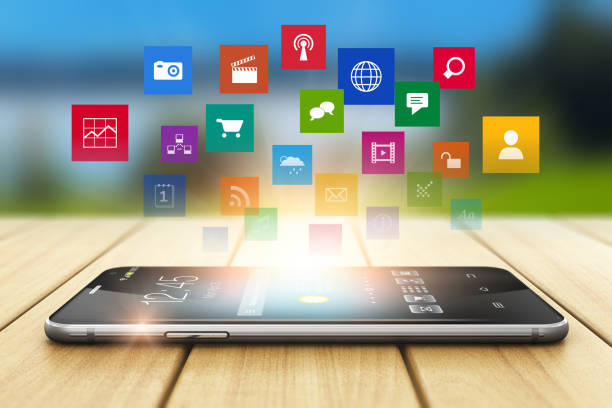Have you ever stopped to wonder why some marketing campaigns capture your attention instantly, while others fade into the background? What sets apart the brands that stay memorable from those that don’t? The answer often lies in the power of multimedia design.
In today’s fast-paced digital world, where content is consumed in seconds, engaging your audience visually is no longer optional—it’s essential. But how can you use multimedia design effectively to elevate your marketing strategy and stand out from the crowd? Let’s dive into this transformative approach and explore how it can help your business grow.
What Is Multimedia Design, and Why Does It Matter?
At its core, multimedia design combines text, images, audio, video, and interactive elements to create compelling content. Unlike traditional static materials, multimedia speaks to the senses, making your brand message more engaging and memorable.
Imagine a social media post with just plain text versus one with a captivating animation or infographic. Which one would you share or remember? The latter, of course!
The Role of Multimedia in Modern Marketing – Multimedia Design
- Increased Engagement: Visuals and interactivity naturally draw attention. Multimedia content can increase click-through rates by up to 80%.
- Stronger Storytelling: It allows brands to communicate complex ideas in a simple, digestible format.
- Enhanced Brand Recall: People remember 65% of visual content three days later, compared to only 10% of written text.
- Wider Reach: Platforms like Instagram, YouTube, and TikTok thrive on multimedia, making it essential for visibility.
How Multimedia Design Elevates Your Marketing Strategy
Multimedia design transforms your marketing strategy by captivating audiences, boosting engagement, and making your brand unforgettable.
1. It Captures Attention Instantly
Your audience has a limited attention span—roughly eight seconds. A well-designed multimedia piece, such as a stunning video or animated graphic, can immediately grab their interest and keep them engaged.
For example, short-form videos have become a powerhouse in marketing. Platforms like TikTok and Instagram Reels prove how impactful 15-30 second videos can be in conveying a message and driving traffic.
2. It Personalizes Your Brand – Multimedia Design
Through multimedia, you can showcase your brand’s unique personality. Whether through a brand explainer video, animated logo, or interactive quiz, multimedia enables your audience to connect with your values on a deeper level.
Consider using motion graphics to tell your company story or testimonials in video format to build trust with potential customers.
3. It Improves SEO and Web Traffic
Search engines love multimedia content. Videos, infographics, and interactive elements not only enhance user experience but also keep visitors on your site longer—an essential factor for search engine ranking.
For instance, adding a video to your landing page can increase conversion rates by up to 86%. Multimedia doesn’t just look good; it drives measurable results.
Types of Multimedia Content You Can Leverage – Multimedia Design
Not all multimedia content serves the same purpose. Here are some popular options and when to use them:
- Videos: Perfect for storytelling, tutorials, or product showcases.
- Infographics: Ideal for presenting data or complex ideas in a visually engaging way.
- Podcasts and Audio Content: Build brand authority and connect with on-the-go audiences.
- Interactive Content: Quizzes, calculators, or polls encourage direct audience participation.
- Animations and GIFs: Add personality to social media posts or email campaigns.

Steps to Incorporate Multimedia Design into Your Strategy
Integrating multimedia design into your strategy involves clear goals, audience insights, quality content, and consistent optimization for maximum impact.
1. Identify Your Goals
What do you want to achieve with multimedia? Is it increased brand awareness, lead generation, or customer retention? Defining your objectives will guide your content choices.
2. Know Your Audience
Different audiences respond to different types of multimedia. Research their preferences and choose formats that align with their habits.
For instance, younger audiences may prefer short, engaging videos, while professionals may appreciate detailed infographics or webinars.
3. Create High-Quality Content – Multimedia Design
Quality matters. A poorly designed graphic or a low-resolution video can harm your brand image. Invest in professional tools or hire skilled designers to ensure your multimedia content looks polished and professional.
4. Use Multimedia Across Platforms
Maximize your reach by tailoring multimedia for different platforms:
- Instagram: Short videos, carousels, and GIFs.
- YouTube: Tutorials, product reviews, and behind-the-scenes content.
- LinkedIn: Infographics and industry-relevant webinars.
- Email Marketing: Use GIFs or animated CTAs to enhance engagement.
5. Measure and Optimize
Use analytics tools to track the performance of your multimedia content. What’s working? What isn’t? Continuous optimization ensures your strategy evolves with your audience’s preferences.
Challenges in Multimedia Design and How to Overcome Them
While multimedia design offers immense benefits, overcoming challenges like resource constraints, consistency, and staying current with trends is key to success.
1. Resource Constraints
Not every business has access to a dedicated multimedia team. Thankfully, tools like Canva, Adobe Spark, and Powtoon make creating high-quality designs easier than ever.
2. Consistency
Maintaining a cohesive brand identity across multimedia elements can be tricky. Develop a style guide that includes fonts, colors, and tone to ensure uniformity.
3. Keeping Up With Trends
Multimedia trends change rapidly. Stay updated by following industry blogs, attending webinars, or experimenting with new formats.

Trends Shaping the Future of Multimedia Design
Emerging trends like AI-powered tools, augmented reality, and short-form videos are redefining the future of multimedia design and its impact on marketing.
1. AI-Powered Design Tools
Artificial intelligence is revolutionizing design by automating tasks and offering advanced features like auto-layouts and content suggestions.
2. Augmented Reality (AR) and Virtual Reality (VR) – Multimedia Design
AR filters and VR experiences are becoming mainstream, especially for product demos and virtual tours.
3. Short-Form Videos
With platforms like TikTok and Instagram leading the charge, bite-sized video content is a trend marketers can’t ignore.
4. Interactive Storytelling
Immersive experiences, such as choose-your-own-adventure videos, are gaining traction for their unique ability to engage users.
Why Now Is the Time to Invest in Multimedia Design
The digital landscape is more crowded than ever. To stand out, your marketing strategy needs to go beyond words—it needs to create an experience. Multimedia design allows you to do just that.
From driving engagement to improving SEO, multimedia is no longer a luxury but a necessity for brands that want to thrive. So why wait? Start exploring the endless possibilities of multimedia today and see the difference it makes in your marketing efforts.
Final Thoughts : Multimedia Design
How will you use multimedia to transform your marketing strategy? Whether it’s through captivating videos, engaging infographics, or interactive content, the potential to elevate your brand has never been greater. Start small, measure results, and let your creativity guide you to new heights.
Now’s the time to take action—your audience is waiting to be wowed.








